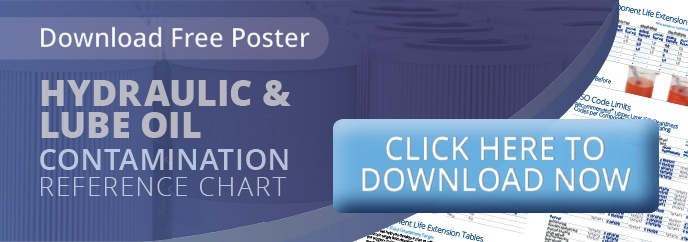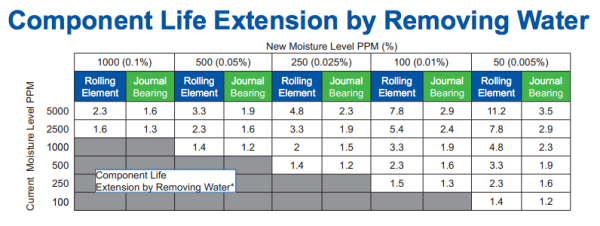You likely know that there's a direct link between fluid cleanliness and component life-span. But when it comes to ISO cleanliness codes, does it all look like gibberish to you? If you answered "yes," then we can help. Watch the video below for a great primer on ISO Fluid Cleanliness Codes. You can also find the transcript below the video.
You can also learn more in this blog post about ISO Cleanliness Codes.
Video Transcript
Hi, I’m Jim Harlan with Hy-Pro Filtration. Thanks for joining me today for a brief explanation of ISO Fluid Cleanliness Codes. If you’re watching this video then I’m sure you’ve seen these codes before on items such as fluid analysis reports. Today we’re just going to make sure that you have a solid understanding of what these codes represent.
ISO Fluid Cleanliness Codes are used to quantify levels of particulate contamination present per milliliter of fluid at three different micron sizes. The three different micron sizes quantified are four micron, six micron and 14 micron. The ISO Fluid Cleanliness Code is always expressed as three numbers such as 24/22/19. Each number represents a contamination code for the correlating particle size. Each contamination code contains all particles of the specified micron size and larger.
Now, it’s important to note that as an ISO code increases by one, the range of contamination found in the fluid is going to double. As an example, if we had an ISO code of 17 then we would have between 640 and 1300 particles per milliliter of the specified micron size and larger. However, if that ISO code were to increase just one, to 18, then we would have between 1300 and 2500 particles per milliliter of the specified micron size and larger.
Inversely, it’s also important to note that as an ISO code drops by one the range of particulate contamination found in the fluid is going to be cut in half. So, if we had an ISO code of 17 and that dropped to 16, then we would only have between 320 and 640 particles per milliliter of the specified micron size and larger.
Let’s take a look at our example ISO code and find out what it means. Our code is 24/22/19. Our first code, 24, represents all particles that are 4 micron and larger per milliliter of fluid. If we look at our reference chart, we see that a code of 24 means that we have between 80,000 and 160,000 particles per milliliter that are 4 micron in size and larger.
Our second number, 22, shows us that we have between 20,000 and 40,000 particles per millimeter that are six micron in size and larger. And, finally, our last code, 19, represents all particles that are 14 micron in size and larger, so our 19 means that we have between 2500 and 5000 particles per millimeter that are 14 micron in size and larger.
Now, if you want to use this information to try to figure out how much contamination is flowing through your system in a year, download Hy-Pro’s app for iOS and Droid devices. Stay tuned to our blog and website for more industry information. And, as always, if you have any questions, please let us know at info@hyprofiltration.com
Questions following the video? Leave them in a comment below.







